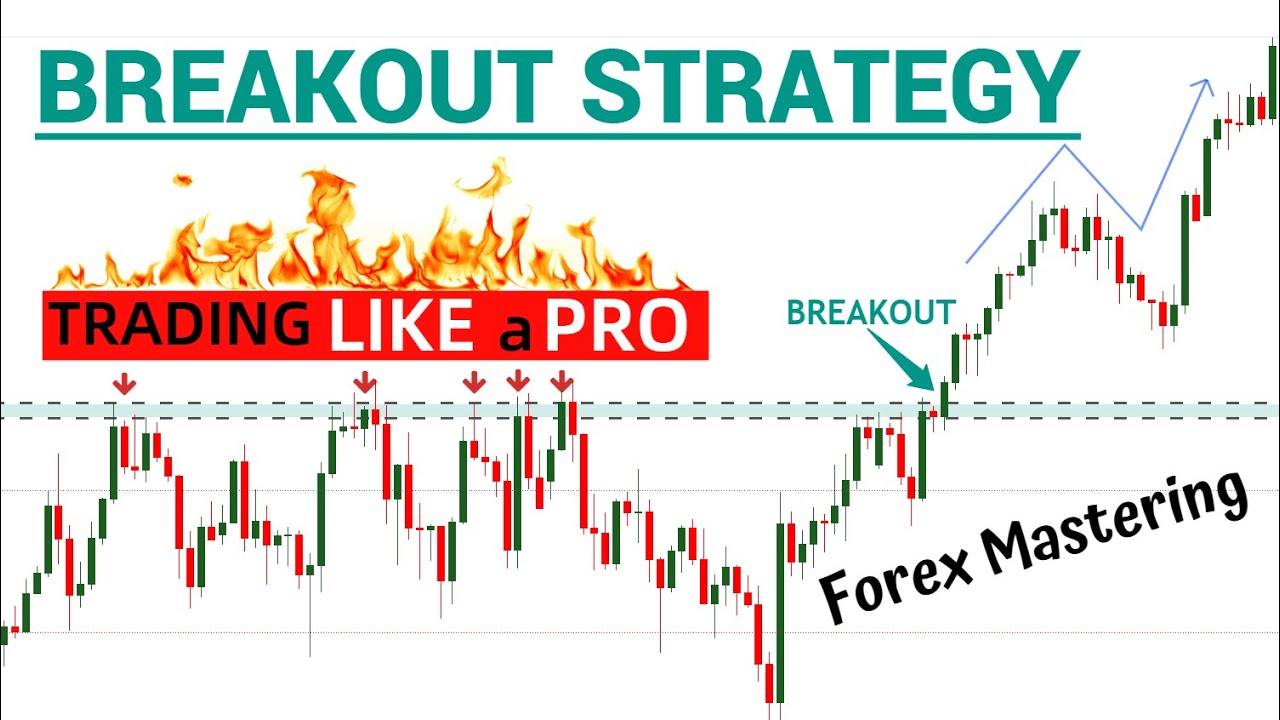
When evaluating the yield farm benefits, investors frequently ask themselves: Should I buy DeFi? There are many reasons why you should do this. One of these is the potential for yield farm to produce significant profits. Early adopters are likely to get high token rewards which will increase in value. This allows them to make a profit by selling token rewards and then reinvest the earnings, which will allow them to reap more income. Yield farming is a proven investment strategy that can generate significantly more interest than conventional banks, but there are risks involved. DeFi is more risky than traditional banks because interest rates can fluctuate.
Investing in yield farming
Yield Farming is an investment strategy in which investors receive token rewards for a percentage of their investments. The tokens are able to increase in value quickly and can either be resold at a profit or reinvested. Yield Farming might offer higher returns that conventional investments, but it also comes with high risks such as Slippage. A percentage rate of annual growth is also not accurate in periods of extreme volatility.
The DeFi PulSE site is a great way to assess the performance of Yield Farming projects. This index measures the total cryptocurrency value that DeFi lending platforms have. It also represents DeFi's total liquidity. Investors often use the TVL Index to analyze Yield Farming investments. This index can be found on the DEFI PULSE website. This index's growth indicates investors are optimistic about this type of project.
Yield farming is an investment strategy that uses decentralized platforms to provide liquidity to projects. Yield farming lets investors make a substantial amount of cryptocurrency with idle tokens, which is different from traditional banks. This strategy relies on decentralized exchanges and smart contracts, which allow investors to automate financial agreements between two parties. Investors who invest in a yield-farm can receive transaction fees, governance tokens, interest, and interest through a lending platform.

Find the right platform
Although yield farming may appear simple, it is actually not that easy. Among the many risks associated with yield farming is the possibility of losing your collateral. DeFi protocols often are developed by small teams that have limited budgets. This increases risk of bugs in smart contracts. Fortunately, there are a few ways to mitigate the risk of yield farming by choosing a suitable platform.
Yield farming is a DeFi application that allows users to borrow and loan digital assets using smart contracts. These platforms can be described as decentralized financial institutions that offer trustless opportunities for crypto owners. They are able to lend their holdings using smart contract and provide them with a way to make payments. Each DeFi application offers its own functionality and features. This will influence the way yield farming is performed. In short, each platform has different rules and conditions for lending and borrowing crypto.
Once you've found the right platform you can begin reaping the rewards. Your funds should be added to a liquidity reserve in order to achieve a profitable yield farming strategy. This is a system that uses smart contracts to power a marketplace. Users can borrow or exchange tokens on this platform to earn fees. They are rewarded for lending their tokens. If you are looking for an easy way to get started with yield farming, you might consider a smaller platform that lets you invest in a wider range of assets.
To measure platform health, you need to identify a metric
It is crucial to establish a metric that measures the health of a yield farm platform. Yield farming refers to the practice of earning rewards using cryptocurrency holdings such as Ethereum or bitcoin. This can be compared with staking. Yield farming platforms partner with liquidity providers to add funds into liquidity pools. Liquidity providers earn a reward for providing liquidity, usually from the platform's fees.

Liquidity can be used as a measure to assess the health of yield farming platforms. Yield farming is an automated market-maker model that uses liquidity mining. In addition to cryptocurrencies, yield farming platforms also offer tokens that are pegged to USD or another stablecoin. Rewarding liquidity providers is based on the amount of funds they provide as well as the protocol rules that govern their trading costs.
To make a sound investment decision, it is important to identify the metric that will measure a yield agriculture platform. Yield-farming platforms are extremely volatile and susceptible to market fluctuation. However, yield farming can mitigate these risks because it is a form staking. Users must stake cryptocurrencies in exchange for a fixed amount. Yield farming platforms are risky for both lenders and borrowers.
FAQ
How does Cryptocurrency Work
Bitcoin works in the same way that any other currency but instead of using banks to transfer money, it uses cryptocurrency. The blockchain technology behind bitcoin allows for secure transactions between two parties who do not know each other. This means that no third party is involved in the transaction, which makes it much safer than sending money through regular banking channels.
What is a Cryptocurrency Wallet?
A wallet is an application, or website that lets you store your coins. There are many types of wallets, including desktop, mobile, paper and hardware. A good wallet should be easy to use and secure. Keep your private keys secure. All your coins are lost forever if you lose them.
Ethereum is a cryptocurrency that can be used by anyone.
While anyone can use Ethereum, only those with special permission can create smart contract. Smart contracts are computer programs designed to execute automatically under certain conditions. These contracts allow two parties negotiate terms without the need to have a mediator.
Statistics
- While the original crypto is down by 35% year to date, Bitcoin has seen an appreciation of more than 1,000% over the past five years. (forbes.com)
- In February 2021,SQ).the firm disclosed that Bitcoin made up around 5% of the cash on its balance sheet. (forbes.com)
- A return on Investment of 100 million% over the last decade suggests that investing in Bitcoin is almost always a good idea. (primexbt.com)
- As Bitcoin has seen as much as a 100 million% ROI over the last several years, and it has beat out all other assets, including gold, stocks, and oil, in year-to-date returns suggests that it is worth it. (primexbt.com)
- “It could be 1% to 5%, it could be 10%,” he says. (forbes.com)
External Links
How To
How to start investing in Cryptocurrencies
Crypto currencies are digital assets that use cryptography (specifically, encryption) to regulate their generation and transactions, thereby providing security and anonymity. Satoshi Nagamoto created Bitcoin in 2008. Since then, many new cryptocurrencies have been brought to market.
The most common types of crypto currencies include bitcoin, etherium, litecoin, ripple and monero. There are many factors that influence the success of cryptocurrency, such as its adoption rate (market capitalization), liquidity, transaction fees and speed of mining, volatility, ease, governance and governance.
There are several ways to invest in cryptocurrencies. One way is through exchanges like Coinbase, Kraken, Bittrex, etc., where you buy them directly from fiat money. You can also mine your own coin, solo or in a pool with others. You can also buy tokens through ICOs.
Coinbase is an online cryptocurrency marketplace. It allows users to buy, sell and store cryptocurrencies such as Bitcoin, Ethereum, Litecoin, Ripple, Stellar Lumens, Dash, Monero and Zcash. It allows users to fund their accounts with bank transfers or credit cards.
Kraken, another popular exchange platform, allows you to trade cryptocurrencies. It supports trading against USD. EUR. GBP. CAD. JPY. AUD. Some traders prefer to trade against USD in order to avoid fluctuations due to fluctuation of foreign currency.
Bittrex is another popular platform for exchanging cryptocurrencies. It supports over 200 cryptocurrency and all users have free API access.
Binance is an older exchange platform that was launched in 2017. It claims that it is the most popular exchange and has the highest growth rate. It currently trades over $1 billion in volume each day.
Etherium is a blockchain network that runs smart contract. It uses proof-of-work consensus mechanism to validate blocks and run applications.
In conclusion, cryptocurrency are not regulated by any government. They are peer-to-peer networks that use decentralized consensus mechanisms to generate and verify transactions.